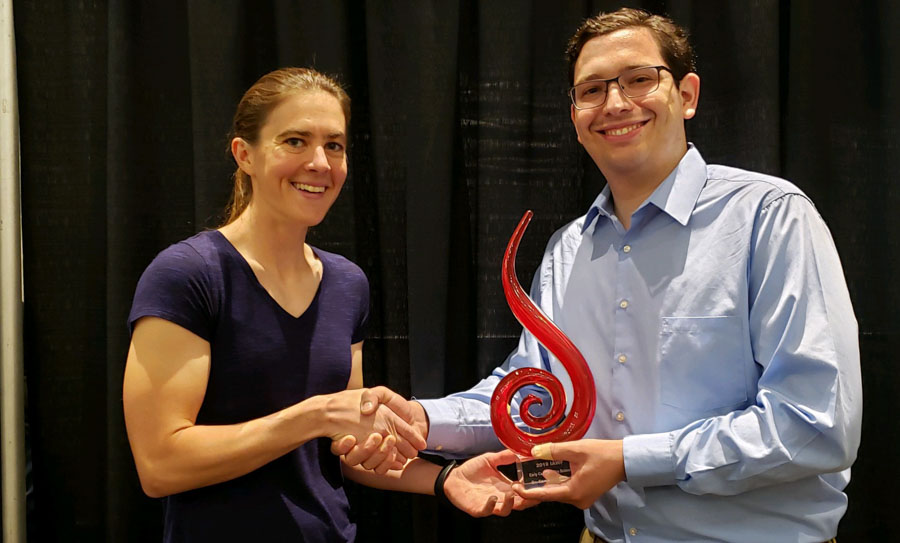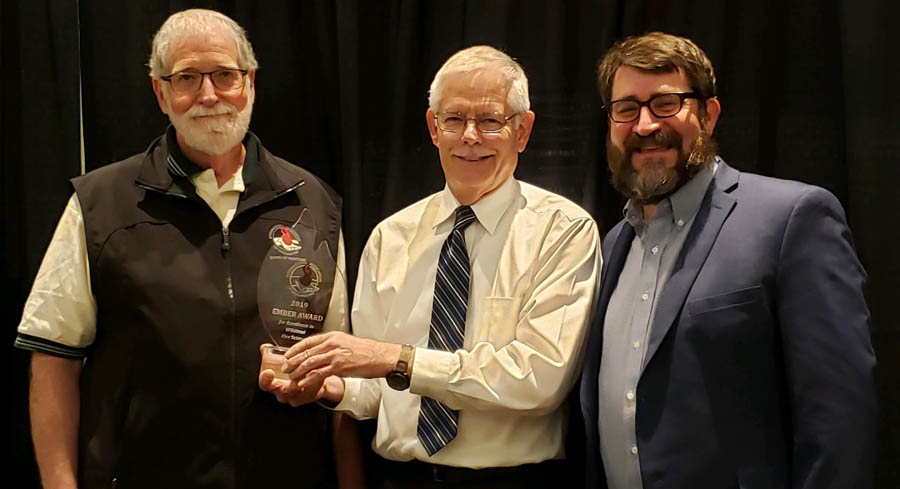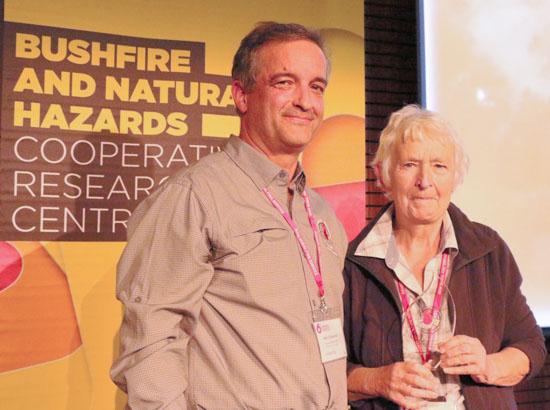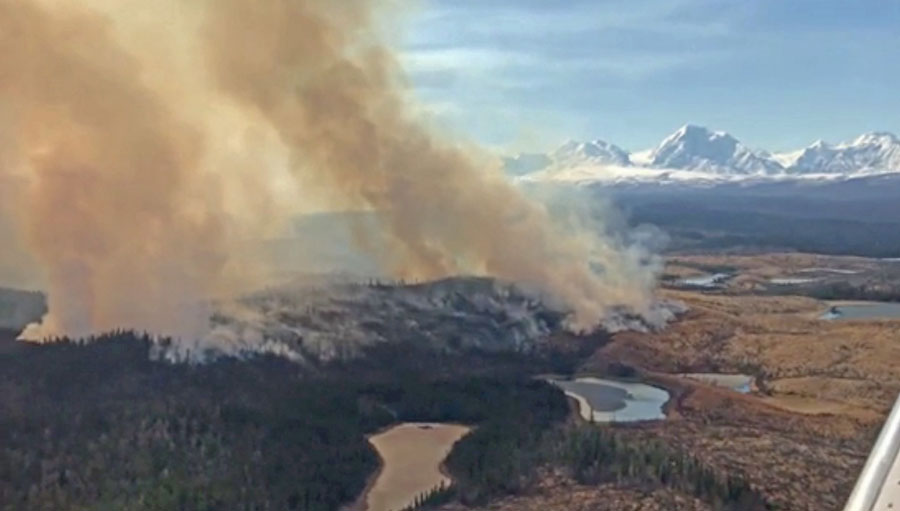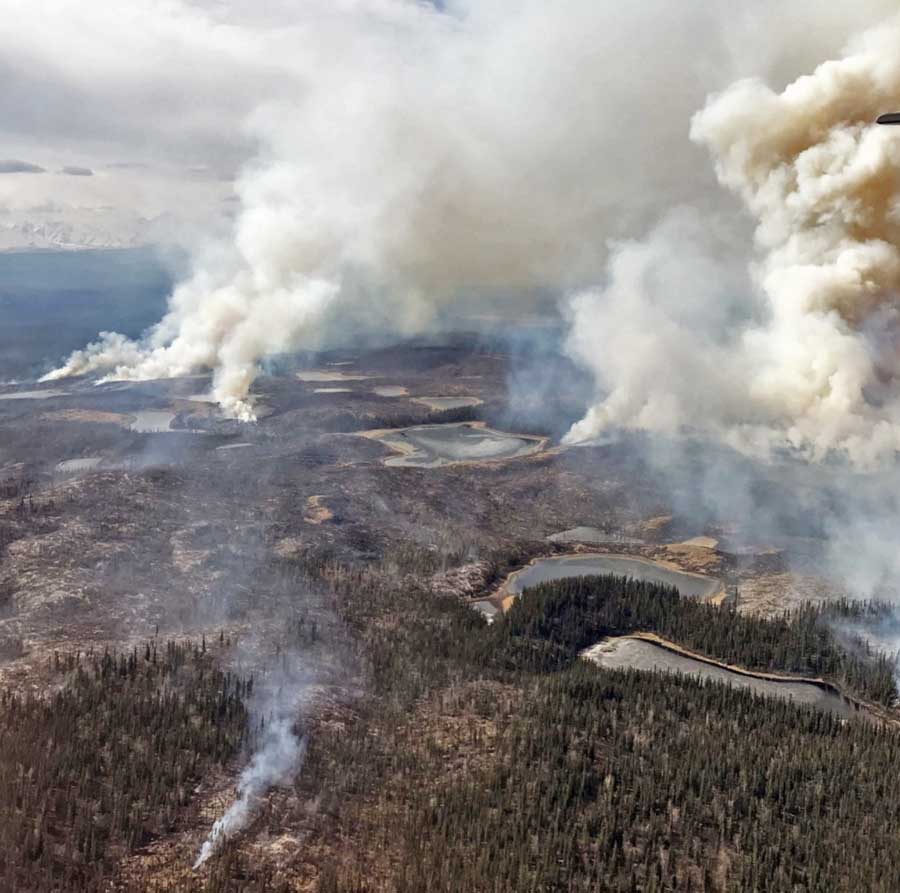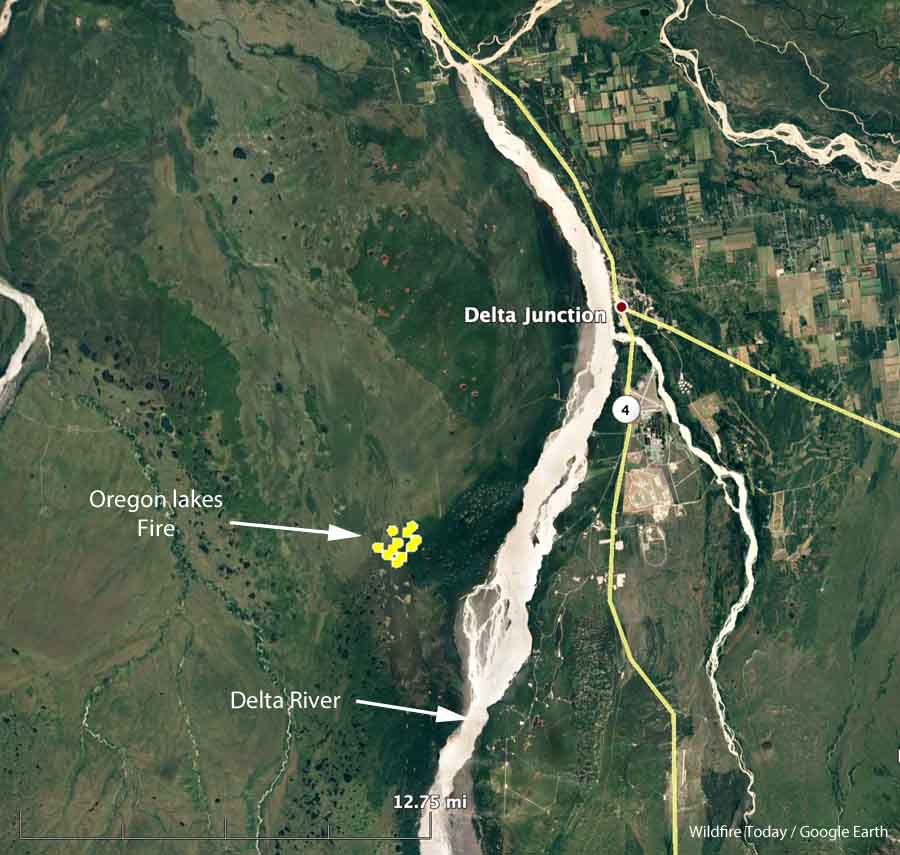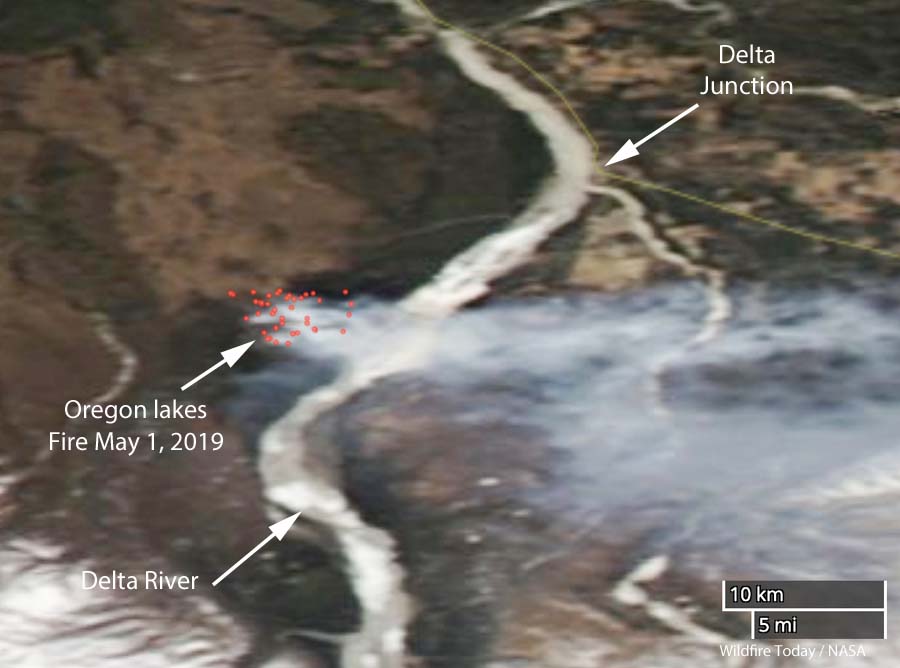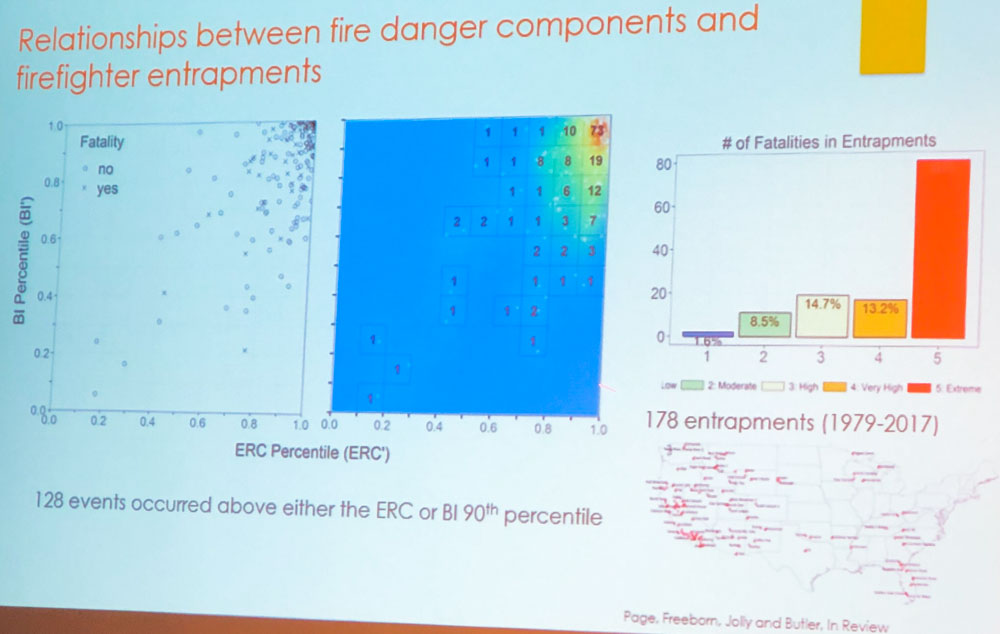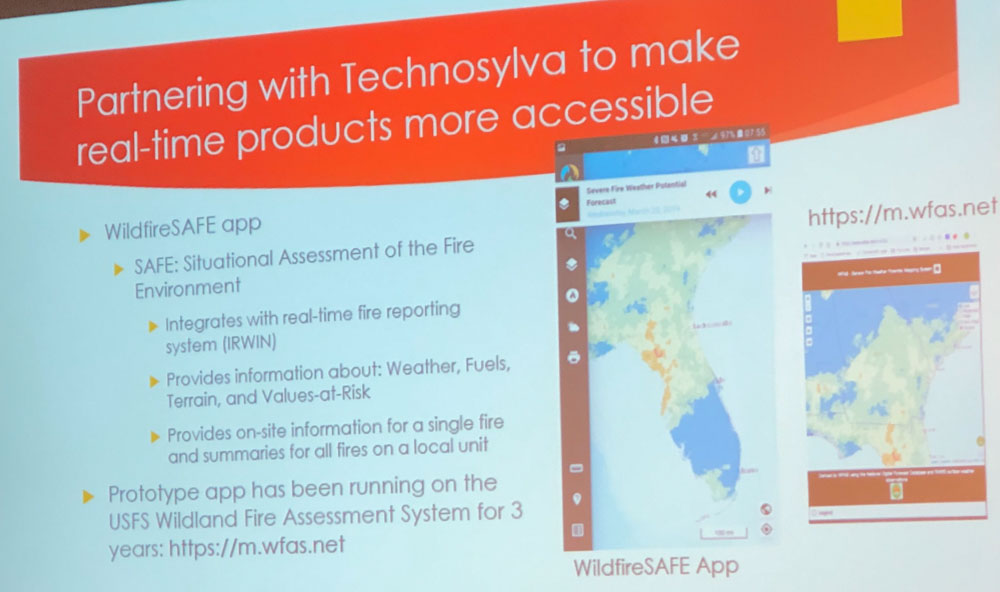
The National Park Service has released the Serious Accident Investigation Factual Report for the accident in which Captain Brian Hughes of the Arrowhead Hotshots was killed last year. Captain Hughes died when a 105-foot tall Ponderosa Pine fell in an unexpected direction during a hazardous tree felling operation. It happened July 29, 2018 on the Ferguson Fire on the Sierra National Forest near Yosemite National Park in California.
Captain Hughes, number two in the chain of command on the crew, was in charge of the crew at the time since the Superintendent was at the Ferguson Fire Helibase at Mariposa Airport.
You can download the Factual Report and the Corrective Action Plan. Below are excerpts from both.
Excerpt from the Executive Summary:
…Brian returned to California in 2015 and became a captain of the Arrowhead Interagency Hotshot Crew. As a captain, Brian was a trusted leader and mentor who led by example, inspiring others to train hard and develop their skills. His crew looked up to him and loved him as a brother.
The Ferguson Fire was reported July 13.
[…]
The Arrowhead Hotshots arrived on scene July 16, having spent the previous month and a half working prescribed and wildland fires ranging from one to ten days long. The crew spent the next eight days working alongside other highly experienced hotshot crews to build and prepare a fire containment line for burnout operations designed to burn away the available fuel in a given area and keep the original fire from spreading.
By July 28, the day before the accident, the Ferguson Fire had grown to 53,657 acres and was burning across multiple jurisdictional boundaries. Hughes and IHC-1 Squad Leader were working along the edge of a spot fire on steep, rocky terrain in Division G and identified several hazard snags—dead trees that posed falling and fire risks. One stood out: a 57-inch wide, 105-foot tall ponderosa pine burning approximately 10 feet below its top and producing a steady stream of embers. With winds expected the next day, they agreed the snag posed a significant risk to keeping the fire contained and agreed it needed to come down.
The Arrowhead Hotshots lead sawyer started cutting the tree down on the morning of July 29 with help from Hughes, who temporarily stepped in for the sawyer’s less-experienced swamper. The rest of the crew staged in an area safely uphill.
Hughes and the sawyer intended for the tree to fall uphill into an opening between trees. Instead, the tree fell downhill, hitting the ground approximately 145 degrees from the intended lay. It grazed another standing dead snag as it fell and then rolled and/or bounced farther downhill, coming to rest against other snags and brush.
Hughes and the sawyer had discussed the felling operation in detail. Warnings were issued prior to cutting. They also identified two escape routes in case something went wrong.
As the tree began to fall, the sawyer saw which direction it was going and instinctively ran directly downhill, escaping injury.
Hughes however, had moved about 20 feet downhill before the tree fell and then ran into the primary escape route as the tree started falling and was fatally struck. He was found lying underneath the tree in a space between it and the ground.
Efforts to save Hughes’ life were made on scene by the sawyer, fellow firefighters, and paramedics on the ground and in the air. Despite these efforts, Hughes was pronounced dead as he was being flown to the Mariposa Helibase.
Excerpts (Actions) from the Corrective Action Plan: (The full plan includes responsible parties and due dates)
- Propose to NWCG that beginning in Fiscal Year 19 the Hazard Tree and Tree Felling Subcommittee (HTTFSC) conduct an evaluation of the “Forest Service Chainsaw, Crosscut Saw and Axe Training-Developing a Thinking Sawyer” course for applicability within the interagency community as an updated NWCG S-212, Wildfire Chain Saws, course. Based on the evaluation NWCG could adopt the course as is or with modifications for S-212 and individual agencies could adopt and use as appropriate.
- Propose to NWCG that beginning in Fiscal Year 19 the Hazard Tree and Tree Felling Subcommittee conduct an evaluation and gap analysis of tree falling options, felling procedures, training and current best practices and update applicable supervisory operations position training and position task books as appropriate, i.e. Single Resource Boss, Strike Team and Task Force Leader, and Division Supervisor.
- Propose to NWCG the development of an Advanced Wildland Fire Chain Saws training course beginning in Fiscal Year 19 unless need negated by adoption of “Forest Service Chainsaw, Crosscut Saw, and Axe Training-Developing a Thinking Sawyer” course on interagency basis.
- Propose to NWCG a Fiscal Year 19 review and revision, if necessary, to FAL3, FAL2, and FAL1 competency and currency evaluation processes managed by NWCG.
- Propose USDA Forest Service National Technology and Development, in collaboration with the Western States Division of the National Institute For Occupational Safety and Health (NIOSH), conduct a study on effects of acute and cumulative fatigue on wildland firefighters and Incident Management personnel to include fatigue mitigation recommendations.
- Complete assessment of effects of fatigue, stress, and sleep management on wildland firefighters and incident management personnel to include methods to prepare for and mitigate the effects of fatigue, cumulative stress, and traumatic stress.
- Propose all wildland fire tree and chainsaw related accident reports since 2004 be reviewed, associated recommendations evaluated for redundancy or conflict, and the current implementation status of recommendations to assist in setting priority actions to reduce similar incidents.
- Evaluate how changing environmental conditions, such as extensive tree mortality in the west, and more extreme wildfires, are being factored into procedural practices and implementation of wildland fire policy, strategies, and tactics by agency administrators and Incident Management Teams.
- Assess and consider adoption of USDA, Forest Service Risk Informed Trade Off Analysis process incorporating geographically specific information on topography, fuels, and expected weather to inform decision makers during initial response and extended attack of wildfires.

